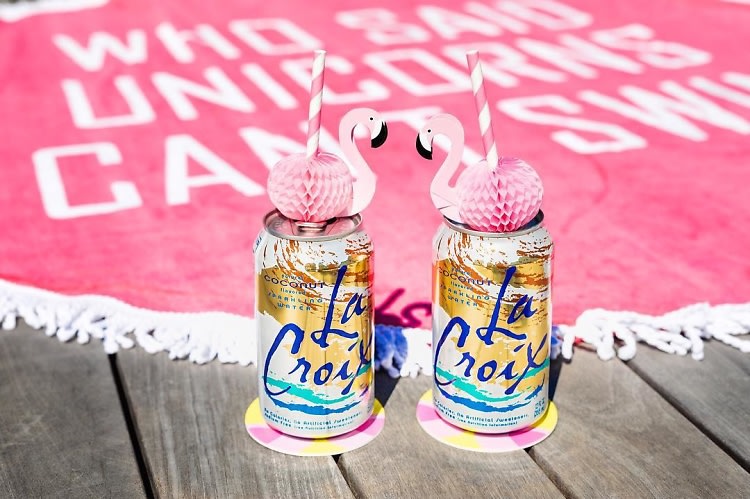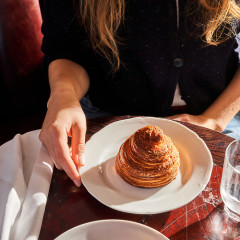
“Essence is—FEELINGS and Sensory Effects!” LaCroix spokesman Rod Liddle wrote earlier this week to a Wall Street Journal reporter. It was in response to a journalistic query about what’s inside a can of LaCroix, that carbonated, mass-market drink that’s taken on the status of a luxury product.
The article is a fun read, and, for those of you who’ve been mercilessly paywalled by the Journal, a summary: Reporter Rob Copeland tried to chase down what, exactly, is in this wildly popular drink’s ingredient makeup. He failed. These are boom times for the drink, which has been circulating in the American market since 1981, yet only now enjoying a real spike in popularity—its mouthfeel less cloying than that of sugar-saturated sodas, its packaging more dazzling than Perrier’s.
“Essence,” Copeland discovered, is the operative word when it comes LaCroix, whose manufacturers shroud its ingredient makeup in secrecy. After all, LaCroix is a drink defined by the absence of certain traits: free of calories, sodium, artificial flavors, gluten; this language of negation doesn’t exactly convey what’s actually in it.
This opacity does not, as Copeland writes, preclude consumers from guzzling cans of LaCroix with abandon. Yesterday, Eater reported that the company has expanded its portfolio of offerings with a Key Lime flavor. It sounds divine. The company has kept mum about when this particular variety will hit stores, though it brags that Key Lime is a drink with a “distinctive aroma and sweet-and-tart flavor,” its aftertaste resembling that of its namesake pie.
LaCroix already offers quite an array of flavors within its portfolio, from pamplemousse to mango. There's also, of course, regular lime, though key lime is markedly different, with faint, subtle traces of sweetness to offset lime's astringency.
A can of aerated key lime pie sweat? I’ll take it. Anything but coconut.
Words by Mayukh Sen at Food52
[Photo via @lacroixwater]


.jpg)
.jpg)



.jpg)
.jpg)
.jpg)



_amber_guinness.jpg)
